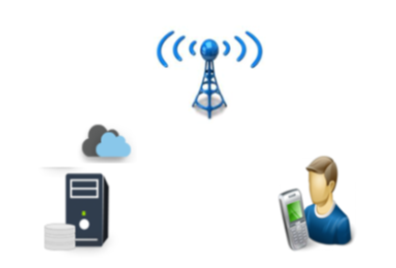


Indian Journal of Science and Technology
DOI: 10.17485/IJST/v15i26.1659
Year: 2022, Volume: 15, Issue: 26, Pages: 1306-1314
Original Article
Sheila Mae S Pagayonan1*
1Faculty, Institute of Information and Computer Studies, Northern Iloilo Polytechnic State College (NIPSC), Iloilo, Philippines
*Corresponding Author
Email: [email protected]
Received Date:06 September 2021, Accepted Date:07 January 2022, Published Date:11 July 2022
Objectives : Empowerment and Reaffirmation of Paternal Abilities or ERPAT are current trends in local government units (LGUs) in the Philippines. Thus, this study aimed to provide a new way of storing and retrieving data and status of membership of ERPAT members in a digital platform. Methods: This study employed a developmental-descriptive research design. There were 80 respondents for ERPAT members and 15 respondents for staff. Also, five experts as evaluators participated in the study. The data were gathered using the PSSUQ instrument for usability and a researcher-made survey questionnaire based on the ISO/EIC 9126 standards for performance efficiency. Rapid Application Development was used as a software development cycle model. Findings: Results show that the level of usability in terms of functional accurateness and suitability were all interpreted as ”Very Good.” The level of performance in terms of resource utilization and time behavior was also interpreted as ”Very Good.” The developed system was deemed to be efficient and effective to address the needs of the ERPAT Coordinator and the ERPAT members. This significant result implied that the respondents were quickly impressed by the system features of the developed system. Mobile phones in ERPAT are essential as a tool of communication nowadays. The study results showed SMS has a great potential for storing and retrieving data for ERPAT members. Novelty: The study improved the traditional way of storing and retrieving data and delivering communication using SMS technology to clients digitally. However, further studies are required to ensure the effectiveness of the innovations.
Keywords: ERPAT; DSWD; SMS; Erecords; RAD; Fathers
© 2022 Pagayonan. This is an open-access article distributed under the terms of the Creative Commons Attribution License, which permits unrestricted use, distribution, and reproduction in any medium, provided the original author and source are credited.
Published By Indian Society for Education and Environment (iSee)
Subscribe now for latest articles and news.